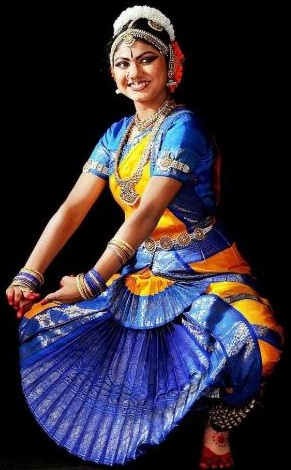Nritya Kalanidhi Award | 04 Jan 2020
Why in News
Recently, Bharatnatyam dancer Priyadarshini Govind has been conferred with Nritya Kalanidhi Award.
- The award has been presented by the Madras Music Academy for her performance and efforts to propagate the art form.
Bharatnatyam
- It is one among the eight classical dances of India.
- It was conventionally performed by Devadasis (girls offered to God in the temple) in Hindu Temples of South India. Thus, it is also known as ‘Dasiattam’.
- It was developed in Tanjore and other regions of South India prominently Tamil Nadu, and could possibly be the oldest classical dance form of India (around 2000 years old).
- The Abhinaya Darpana by Nandikesvara is one of the main sources of textual material for the study of the technique and grammar f body movement in Bharatnatyam Dance.
- Bharatnatyam dance is known to be ekaharya, where one dancer takes on many roles in a single performance.
- The dance involves transitional movements of the leg, hip and arm. Expressive eye movements and hand gestures are used to convey emotions. It encompasses of Bhav, Rag, Ras and Taal.
- The accompanying orchestra consists of a vocalist, a mridangam player, violinist or veena player, a flautist and a cymbal player. The person who conducts the dance recitation is the Nattuvanar.
- In its usual form, the dance is generally broken into seven main parts – Alarippu, Jatiswaran, Shabda, Varna, Pada, Thillana and Sloka.
- Bharatnatyam poses are depicted on the gopurams of the Chidambaram temple (Tamil Nadu).
- E. Krishna Iyer and Rukmini Devi Arundale had played a significant role in helping the dance regain its lost popularity and position.
